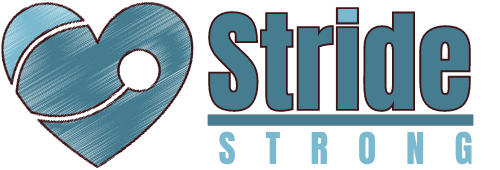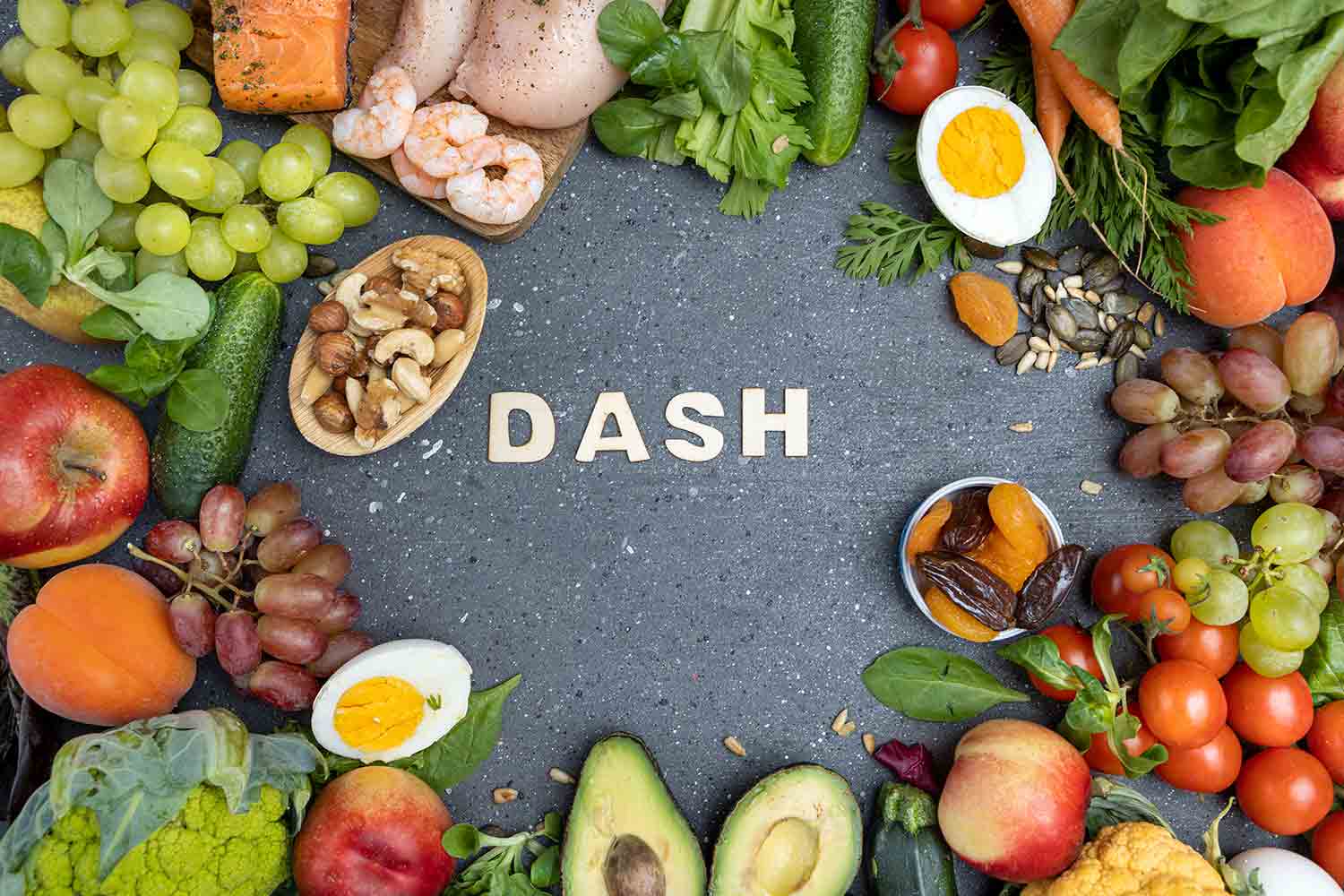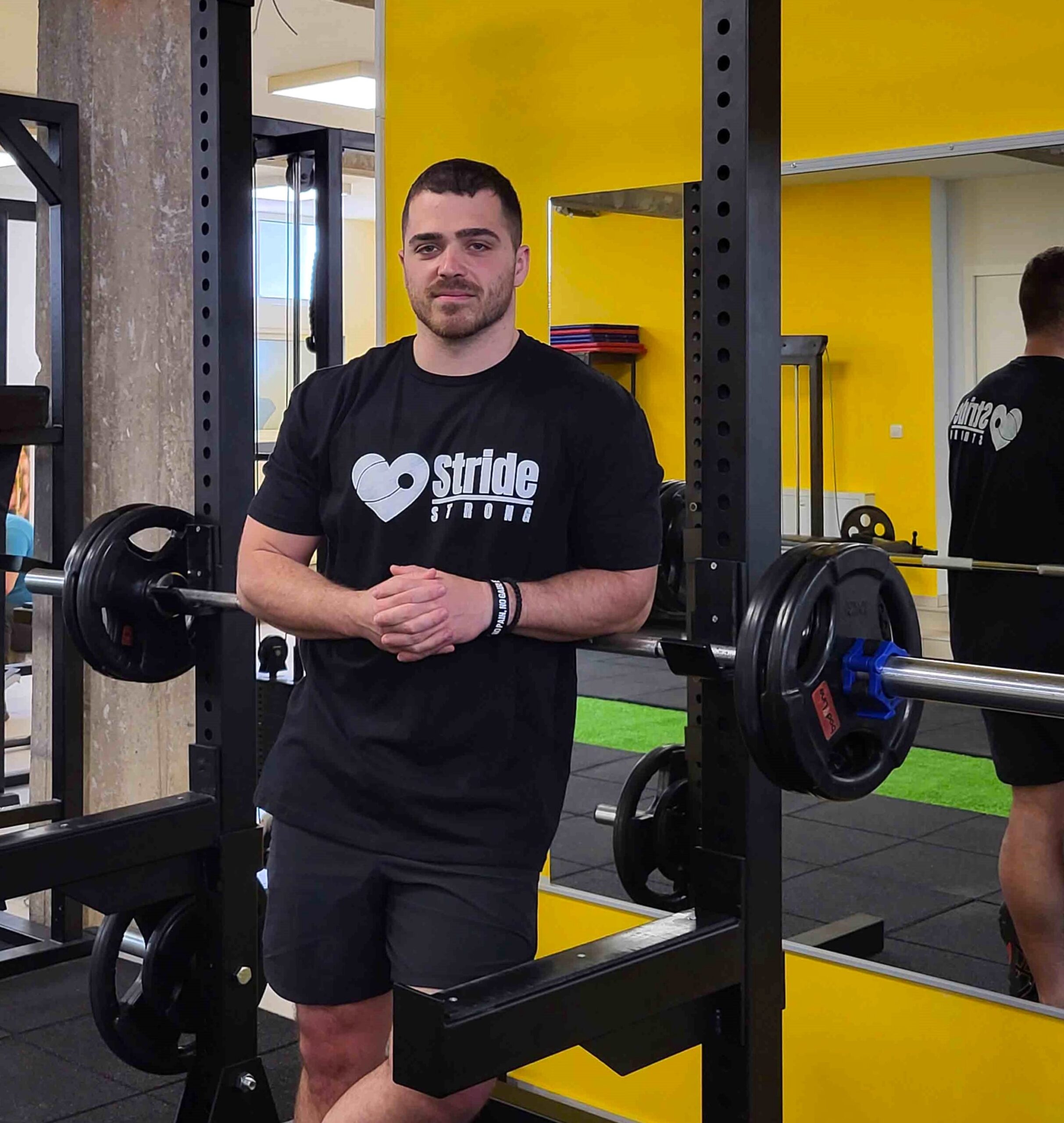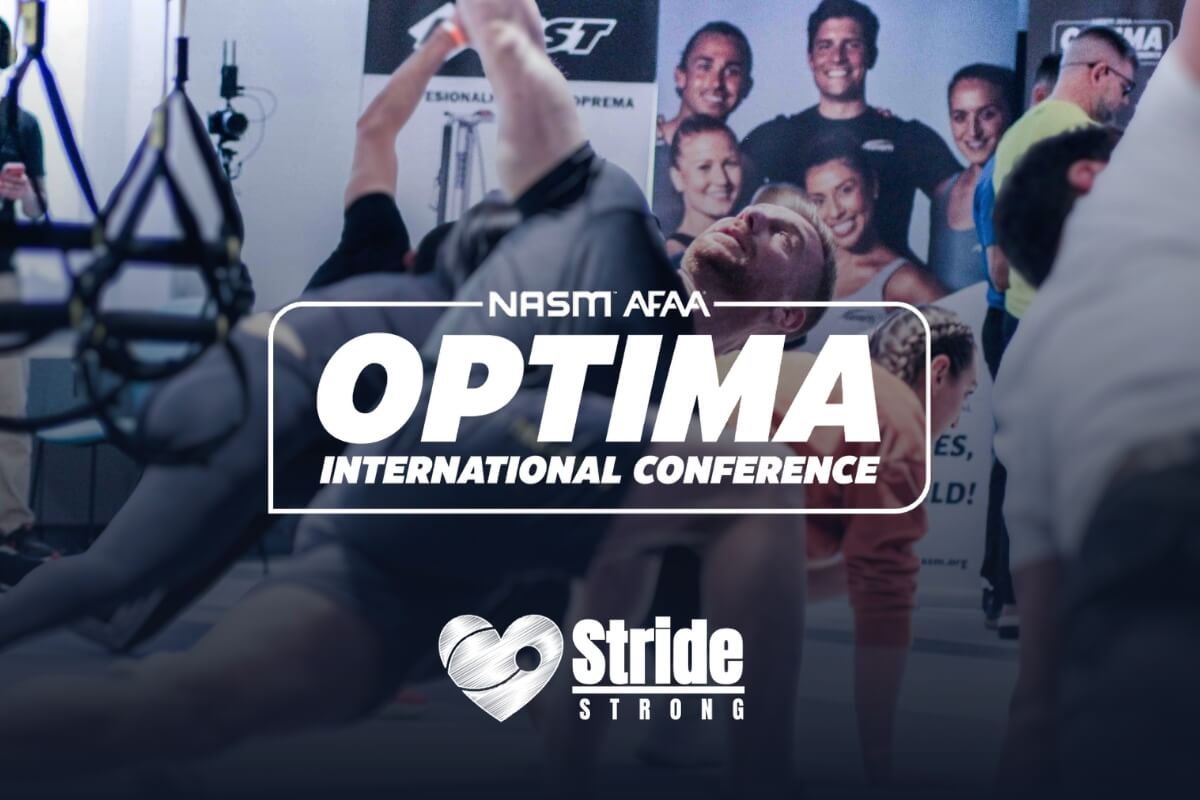Welcome to our latest interview where we chat with one and only Melissa Mitri! If you’re seeking expert advice in nutrition and dieting, Melissa is your go-to. As a registered dietitian-nutritionist with over 16 years of experience, she brings a wealth of knowledge to the table. And that’s why we contacted her.
Having contributed to major outlets like Everyday Health, Wellness Verge, and Healthcanal, Melissa’s insights are highly sought after in the health and wellness community.
Therefore, we wanted to discuss with her some of the main principles of a healthy diet. She shared some wonderful insights and we believe these can help you improve the quality of your nutrition.
1. What are the most important components of nutrition for gaining muscle mass, and how to combine them optimally in the diet? The proper ratio of protein, carbohydrates, and fats is highly important to gain muscle mass effectively.
Protein is one of the most important of these three macronutrients – nutrients needed in large amounts in the diet, as it is most directly involved in the muscle-building and recovery process. Specific amino acid groups or single amino acids (i.e. protein-building blocks) such as creatine and leucine are specifically critical for providing energy to working muscles and aiding in faster recovery. Food sources of creatine and leucine include meat, chicken, fish, and pine nuts.
But while many people focus solely on protein to build muscle. Carbs and fats are also essential as they work as a team with protein.
When you eat carbohydrates, your body turns them into glucose, your body’s (and your muscles’) primary energy source. This helps fuel your muscles during workouts and also aids in their recovery. Good carb sources include whole-grain breads, potatoes, oats, and brown rice.
While fats don’t directly contribute to muscle building, they do so indirectly by supporting the absorption of other nutrients to fuel muscles. Healthy fat sources include avocados, nuts, fish, and nut butter.
2. Numerous diets are available online, but not all are tailored for a specific body type. What are the initial signs that a diet may harm your body and health?
If you feel hungry, unsatisfied, or experience unpleasant or unfamiliar symptoms, the diet is likely not for you. Symptoms may include digestive discomfort, headaches, or fatigue and should not be ignored.
Everyone has their own unique genes, preferences, and goals that influence the type of diet that will work best for them. For example, I have had clients who felt fabulous on a low-carb, keto-style diet that is high in fat, but others who feel completely unsatisfied on this type of diet. You can have two people who follow the same diet but experience completely different results.
This is why you should never compare your results to others. What’s important is finding your own journey and way of eating that suits you and your lifestyle.
3. When it comes to gaining weight, is it acceptable to eat junk food, or a person should opt for a healthy diet? Additionally, what are some recommended healthy foods for gaining mass?
If your goal is to gain weight, it is still best to do so by eating mostly nutritious, whole foods. While you may feel like you have more wiggle room with junk food when eating more calories, this food is still not good for your health.
For example, overconsumption of ultra-processed foods such as potato chips, fast food, and baked goods is linked to inflammation and a higher risk of chronic diseases such as diabetes, heart disease, and obesity.
In addition, if you want to gain muscle mass, you’ll want to gain primarily lean muscle versus body fat as you gain weight. This is why the focus should be on eating more high-quality calories such as lean proteins, complex carbohydrates, and healthy fats that fuel and promote muscle mass gain. Your body needs extra calories – but in the form of healthy, minimally processed foods.
This doesn’t mean you can never have a cookie – but the goal is to get at least 80-90% of your calories from real food.
4. What’s your take on DASH diet?
The DASH diet stands for “Dietary Approaches to Stop Hypertension,” and this diet is intended to reduce blood pressure. It is low in sodium and high in the minerals potassium, calcium, and magnesium, which are associated with healthy blood pressure levels. It is generally highest in fruits, vegetables, and whole grains, and moderate in lean proteins, low-fat and fat-free dairy, and fats and oils.
Overall, I’d consider the DASH diet a heart-healthy one that would benefit most people’s health, especially those with high blood pressure since too much salt can worsen this condition. While this may not be the case in every person with high blood pressure, a good percentage of those with high blood pressure would benefit from a lower sodium diet.
The only cases where this diet may not be appropriate are those with high potassium levels, such as people with kidney disease who have trouble filtering potassium out of their blood. Since this diet is high in potassium, it could raise potassium levels further and cause further kidney damage.
5. What foods are the best for regulating increased blood pressure?
Fruits, vegetables, and whole grains. Many fruits and vegetables are high in important minerals like potassium that can support healthier blood pressure levels and blood flow. These foods are also rich in fiber, which is associated with improved blood pressure.
6. Why is avocado considered one of the top foods for a low-carb diet, and how does it contribute to a healthy eating plan?
Avocados are great for a low-carb diet as they are considered one of the lowest-carb fruits and are also high in healthy fats and fiber to keep you full and promote overall health. Eating avocados regularly can help sticking to a low-carb diet easier and more satisfying.
7. According to different sources, tuna may contain traces of heavy metals such as mercury, which can be harmful to health if consumed in large quantities. However, when consumed in moderation, tuna can be part of a healthy diet, as it is rich in proteins, omega-3 fatty acids, and other nutritious components. What are some alternative foods?
Lower-mercury tuna alternatives include sardines and canned salmon. Both of these are also rich in the same nutrients as tuna and are versatile, but are very low in mercury when compared to tuna.
8. Which foods contain the most probiotic bacteria and what are their health benefits?
Yogurt, kefir, kimchi, sauerkraut, tempeh, and miso soup contain the most probiotic bacteria. The potential benefits of these probiotic-containing foods include gut health, immunity, and possibly, weight management.
The research is strongest on probiotics, antibiotic-associated diarrhea, and immunity against upper respiratory infections. However, more studies are needed to prove that they provide these benefits and to determine what doses are most beneficial.
9. What are 10 budget-friendly, yet nutritious foods rich in ingredients conducive to weight gain?
- Eggs
- Whole grain bread
- Beans
- Lentils
- Nuts
- Seeds
- Nut butters
- Whole grain pasta
- Potatoes
- Brown rice
If your goal is to gain weight, it’s not just about eating more calories – it’s important to choose your calories widely in the form of nutritious foods.
These foods are all fairly calorie-dense (i.e., high in calories per serving) but are rich in health-promoting nutrients such as protein, fiber, anti-inflammatory fats, vitamins, and minerals. Incorporating more of these foods into your diet when trying to gain weight will support a healthy weight gain in the form of muscle rather than body fat.
10. What are the optimal foods for meal prep, and which should be omitted to maintain their nutritional value when freezing?
Lean proteins include chicken, fish, eggs, whole-grain pasta, plant-based proteins like tofu and tempeh, fruits, and veggies. If you’re freezing your meals, leave out pasta, rice, or potatoes. Pasta and rice will become mushy when thawed, and potatoes will turn brown when frozen.
Last words…
We want to thank Melissa for taking the time to answer all of our questions. It was our pleasure to have such a professional teach us some of the main principles of healthy nutrition.









